GPCR/G protein

All GPCRs share a common seven trans-membrane structure. GPCRs are associated with heterotrimeric G-proteins which are GTP-binding proteins made of alpha, beta, and gamma subunits. When a ligand binds to GPCR, it activates the attached G-protein, the GDP is replaced with GTP. The activated G-protein then dissociates into an alpha and a beta-gamma complex which activates downstream signaling pathways. These intracellular signaling pathways include cAMP/PKA, calcium/NFAT, phospholipase C, protein tyrosine kinases, MAP kinases, PI-3-kinase, nitric oxide/cGMP, Rho, and JAK/STAT.
GPCRs are one of the most important therapeutic targets for various diseases, over 30% of all modern medicinal drugs target this family. Aberrant GPCR functions are involved in pathological conditions such as neurological, immunological and hormonal disorders. A large number of GPCRs have been identified, but whose ligands are not known, are classified as orphan receptors.
-
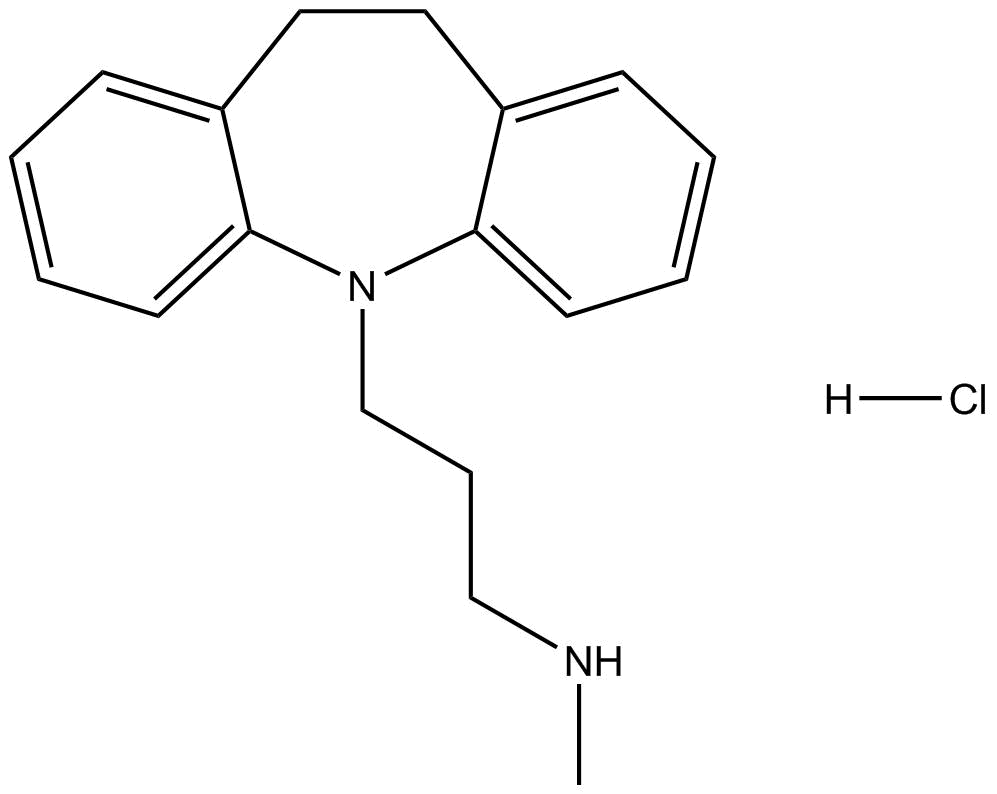 B7261 Desipramine hydrochlorideSummary: noradrenalin transporters inhibitor
B7261 Desipramine hydrochlorideSummary: noradrenalin transporters inhibitor -
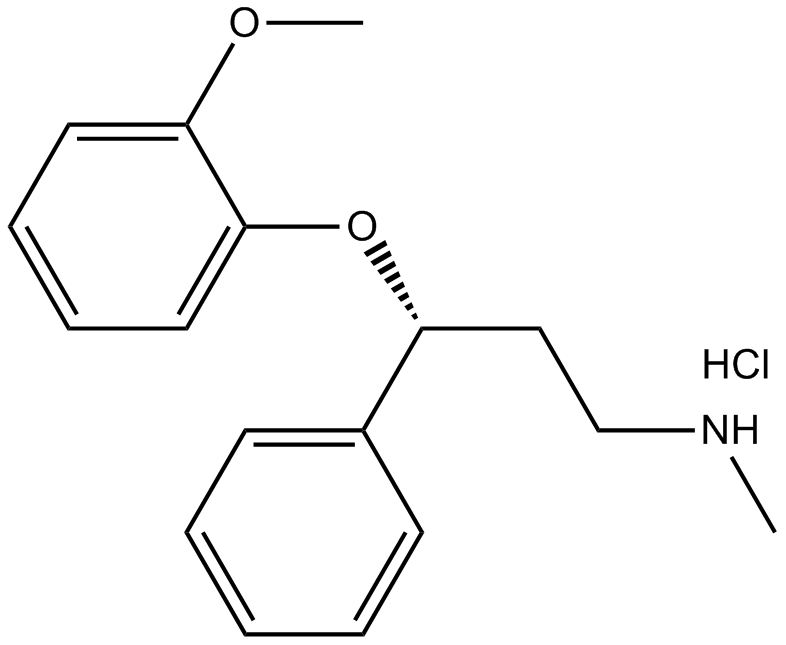 B6553 Nisoxetine hydrochlorideSummary: noradrenalin uptake inhibitor
B6553 Nisoxetine hydrochlorideSummary: noradrenalin uptake inhibitor -
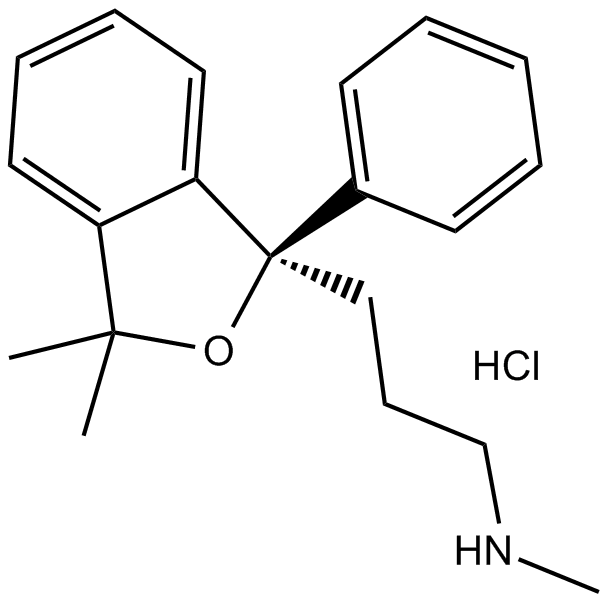 B7287 Talopram hydrochlorideSummary: noradrenalin transporter (NET) inhibitor
B7287 Talopram hydrochlorideSummary: noradrenalin transporter (NET) inhibitor -
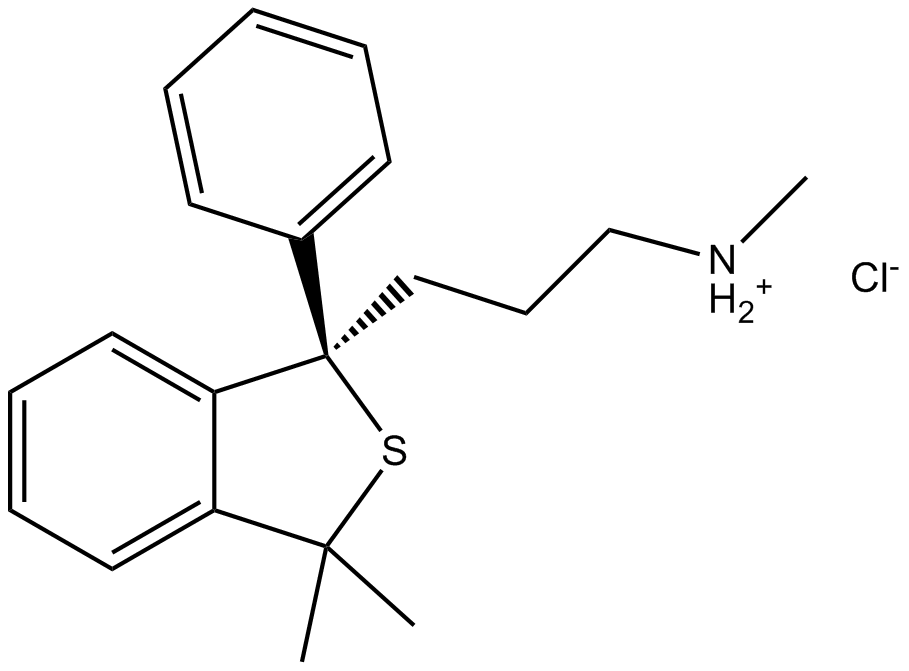 B7656 Talsupram hydrochlorideSummary: noradrenalin re-uptake inhibitor
B7656 Talsupram hydrochlorideSummary: noradrenalin re-uptake inhibitor -
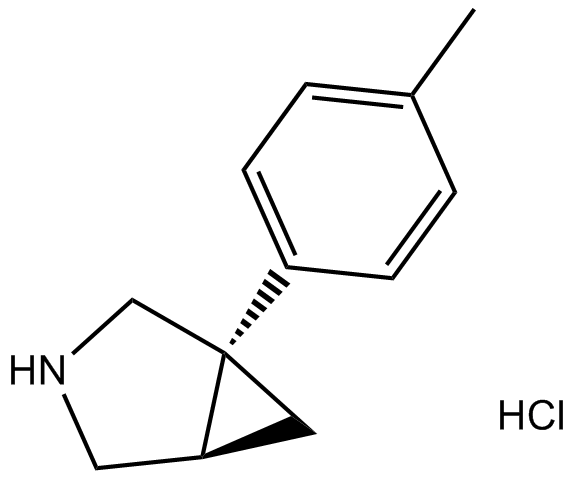 B7657 Bicifadine hydrochlorideSummary: noradrenalin transporter antagonist
B7657 Bicifadine hydrochlorideSummary: noradrenalin transporter antagonist

